
How Can Your Brand Embrace Sustainable Packaging Innovations?
September 30, 2025 • Mike Lee
Your customers demand sustainability, but the options are overwhelming and seem expensive. You're stuck, fearing a wrong move could lead to claims of greenwashing and wasted money.
Embrace sustainability by focusing on proven innovations like Post-Consumer Recycled (PCR) materials, mono-material design for recyclability, and refillable systems. A knowledgeable supplier can guide you to the right choice for your product and market.
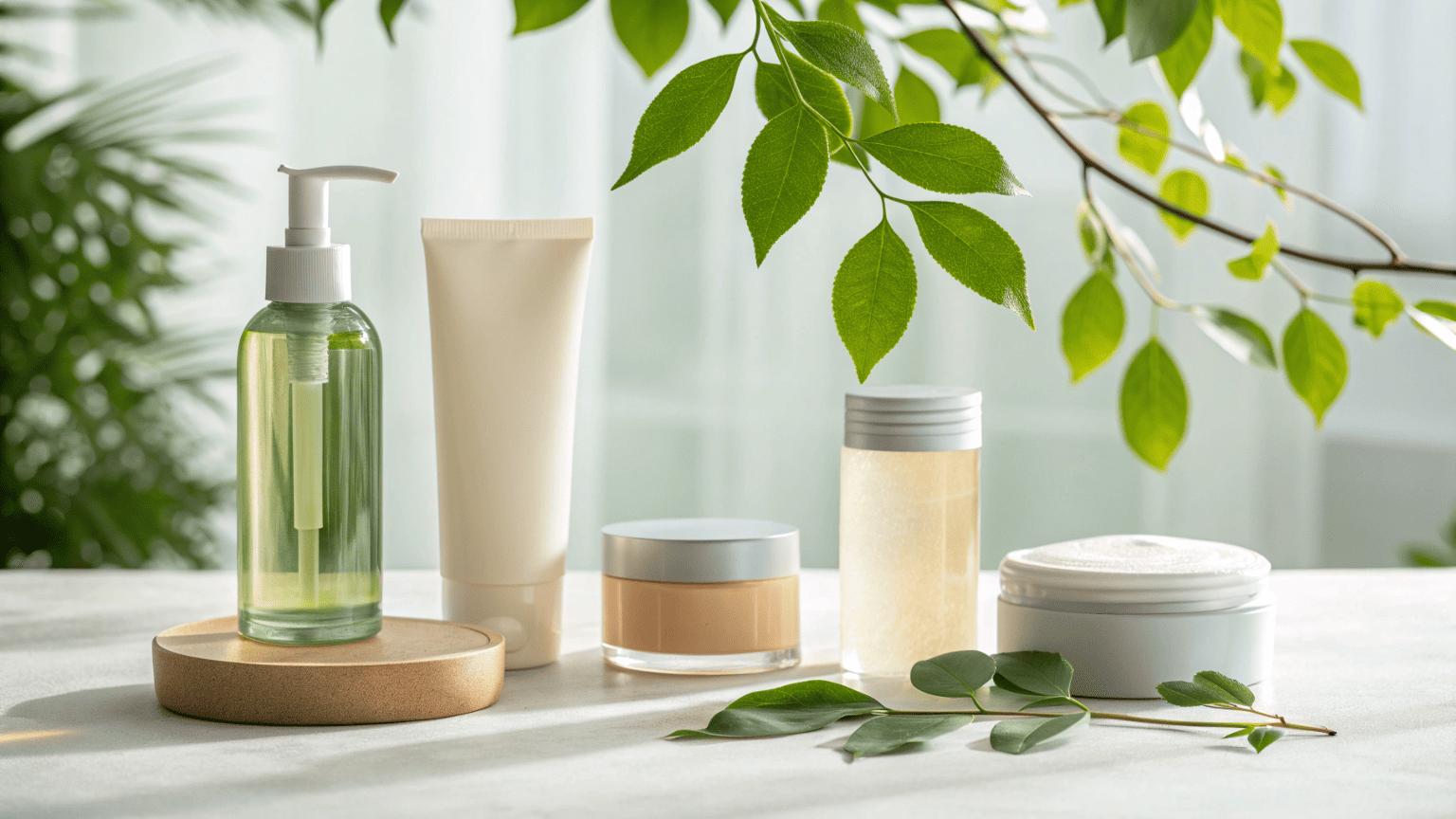
I recently worked with a fantastic brand from India, similar to our client RAS BEAUTY, who wanted to make their packaging more eco-friendly. They were passionate, but also realistic about their budget. They felt pressured to jump to a complex bio-plastic, but were worried about costs and performance. I shared your exact insight with them: the goal is progress, not immediate perfection. We started them with a 30% PCR PET bottle. It was a cost-effective, tangible step that significantly reduced their use of virgin plastic. It shows you don't have to change everything overnight. The right partner helps you find the right first step on your sustainability journey.
What are the 5 R's for creating sustainable packaging?
You hear "Reduce, Reuse, Recycle," but don't know how it applies to cosmetic jars and bottles. It feels like an abstract environmental theory, not a practical business strategy for your brand.
The 5 R's (Reduce, Reuse, Recycle, Refuse, Repurpose) are a practical framework. They guide you to use less material, design for multiple uses, choose recyclable materials, and avoid unnecessary packaging components.
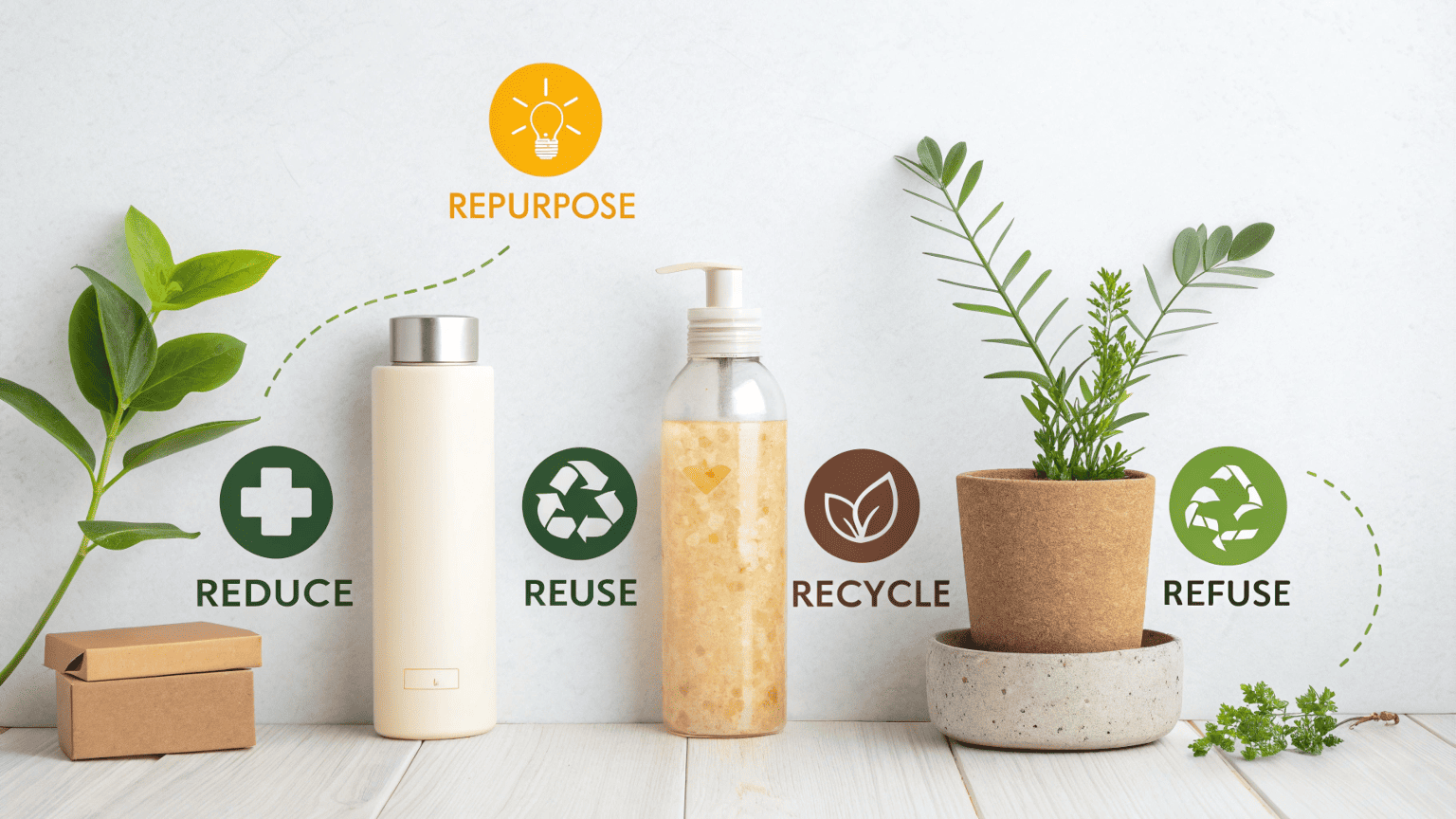
The 5 R's are not just buzzwords; they are a checklist for making smarter packaging decisions. Instead of seeing them as a burden, we help our clients see them as a source of innovation.
Here’s how we apply them to cosmetic packaging every day:
| Principle | Actionable Strategy for Cosmetics | Our In-House Capability |
|---|---|---|
| Refuse | Eliminate unnecessary components. Do you really need the extra plastic shive inside the cap or the outer carton for an already durable bottle? | We help clients analyze their packaging to identify and eliminate what isn't strictly necessary for protection or function. |
| Reduce | Use less material. This involves "lightweighting"—designing bottles and jars with thinner walls without sacrificing strength. | Our mold design optimization team uses advanced software to reduce material usage while maintaining structural integrity. |
| Reuse | Design for multiple uses. The most common application is creating refillable systems, where the consumer buys a simple refill pouch or pod for an elegant outer container. | We specialize in developing durable outer jars and bottles with easily replaceable inner components, perfect for refill models. |
| Recycle | Use materials that can be easily recycled. This means choosing mono-materials like PET or PP and avoiding mixed materials (like a metal spring in a plastic pump) that contaminate the recycling stream. | We offer a wide range of highly recyclable mono-material PET and PP packaging and can produce items from 100% Post-Consumer Recycled (PCR) plastic. |
| Repurpose | Design the packaging to have a second life. A beautifully designed glass jar for a face cream could be repurposed by the consumer to hold jewelry or office supplies. | While this is consumer-dependent, creating aesthetically pleasing and durable packaging encourages this behavior. |
By thinking through these five points during the design phase, you can build sustainability into the very core of your product.
What are the 7 R's of sustainable packaging?
Just when you've grasped the 5 R's, you hear about 7. It feels like the goalposts are always moving, adding more complexity to your sustainability strategy.
The 7 R's add "Rot" and "Repair" to the original five. "Rot" refers to choosing compostable materials, while "Repair" focuses on creating packaging with replaceable parts to extend its life, like a new pump for an existing bottle.
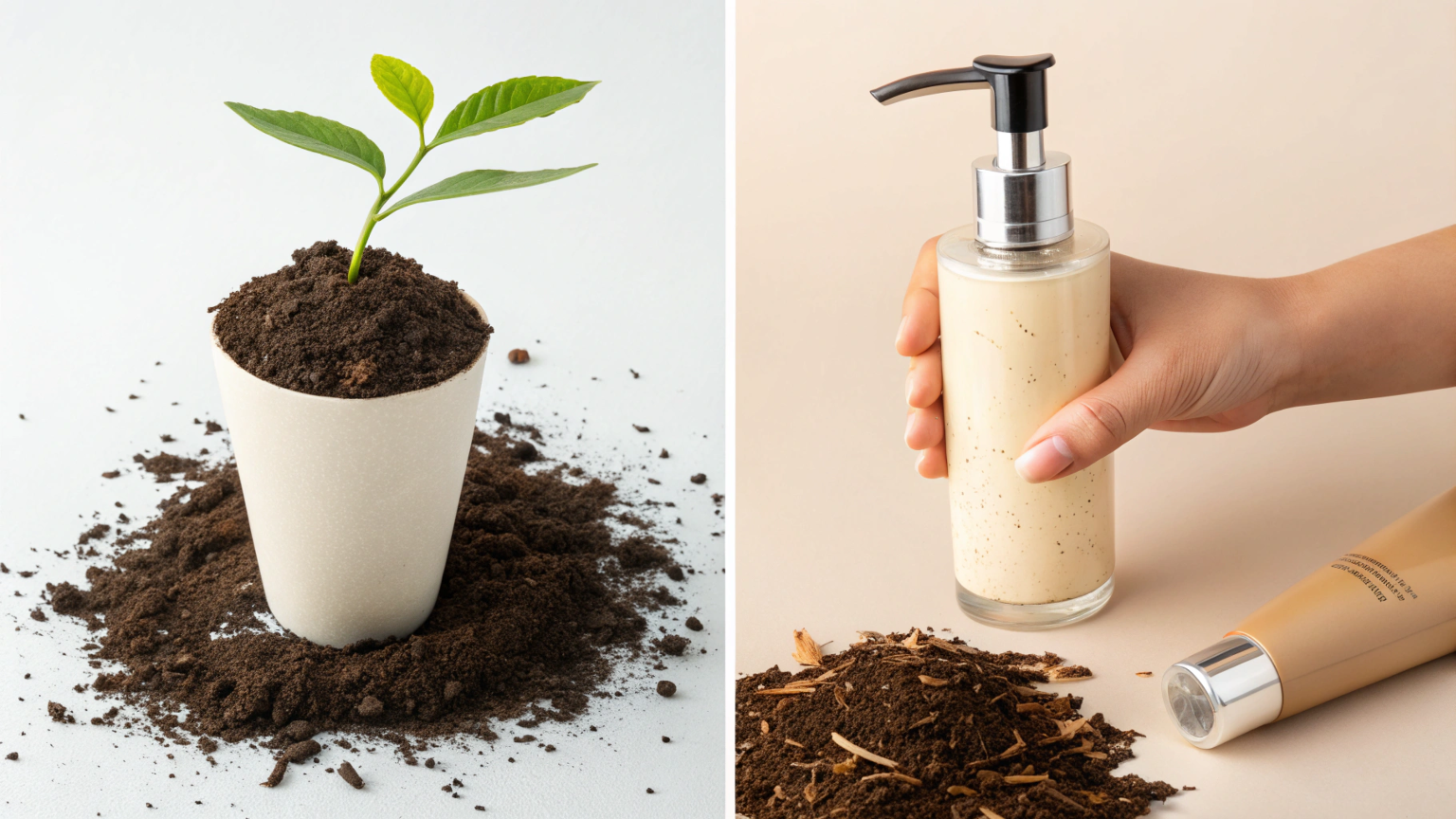
The addition of "Rot" and "Repair" reflects the growing sophistication of the sustainable packaging conversation. They address the end-of-life and lifecycle extension of a product in more detail.
Diving into Rot and Repair
- Rot (Compostability): This principle applies to materials that can break down into natural elements in a compost environment. In cosmetics, this is still a niche but growing area. It's mostly seen in secondary packaging like cartons made from mushroom-based materials or biodegradable films. For primary packaging, ensuring the material is compatible with the formula and provides adequate shelf life is a major technical challenge. This is an "advanced" step, and for many developing markets, focusing on a strong recycling infrastructure (the "Recycle" R) offers a more immediate and widespread benefit.
- Repair: This is directly linked to the "Reuse" principle but is more specific. Instead of refilling the whole product, what if you could just repair a broken part? Imagine a luxury glass lotion bottle. If the pump mechanism breaks, "Repair" thinking would lead you to offer replacement pumps for sale. This prevents the consumer from throwing away the entire high-value bottle. At Rland, we can design our dispensers and bottles as separate, standardized parts, making this "repair" model a feasible strategy for brands.
Is L'Oréal packaging sustainable?
You see giant brands like L'Oréal making big sustainability claims. You wonder if it's genuine progress or just clever marketing, and what a smaller brand could possibly learn from them.
L'Oréal is making significant, measurable strides in sustainability, but it's a complex, ongoing journey. They focus on the "3 R's" (Reduce, Reuse, Recycle) through lightweighting, launching refillable products, and committing to 100% recycled or bio-based plastics by 2030.
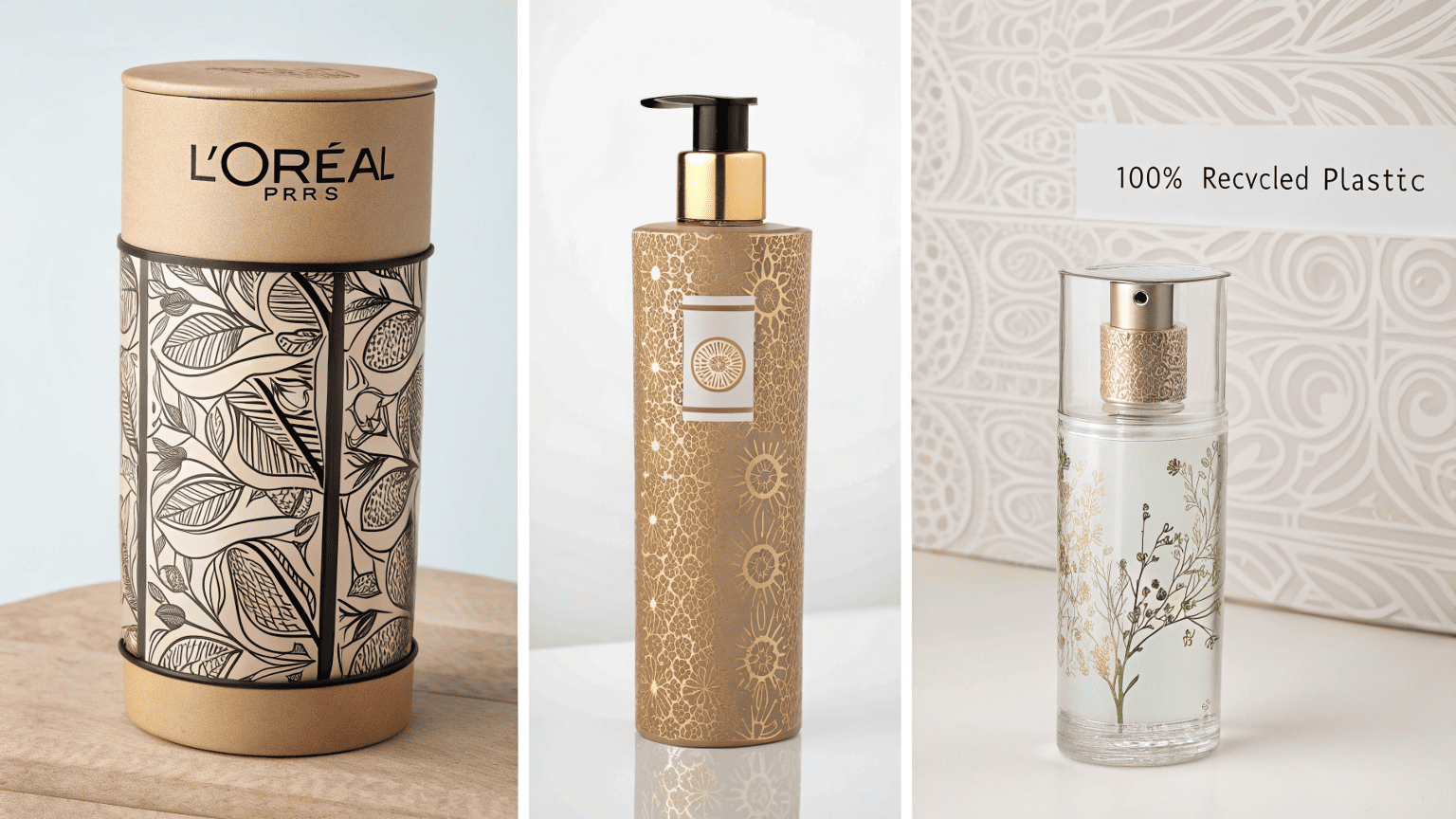
Studying a leader like L'Oréal provides a roadmap for the rest of the industry. Their strategy isn't magic; it's a focused application of the principles we've discussed.
Lessons from a Leader
Here's what any brand, big or small, can learn from L'Oréal's approach:
- Set Public, Measurable Goals: L'Oréal's goal—"by 2030, 100% of the plastics used in our packaging will be from either recycled or bio-based sources"—is clear and holds them accountable. Your brand can do the same, even on a smaller scale (e.g., "switch our top-selling product line to 50% PCR by 2025").
- Embrace Refill and Reuse: They are heavily invested in refillable products, from fragrances to skincare. This shows a commitment to changing consumer behavior, not just materials. This is a model we help smaller brands adopt with our stock refillable jar and bottle options.
- Innovate with New Materials: L'Oréal is part of a consortium to develop paper-based bottles. While this technology is still emerging, it shows they are investing in long-term solutions. For smaller brands, the innovation might be testing a new grade of PCR or being an early adopter of mono-material pumps.
L'Oréal's journey proves that sustainability is a multi-faceted strategy. It's about making progress across multiple fronts, a lesson that is valuable for a startup brand in India just as much as it is for a global giant.
Conclusion
Sustainable innovation is the future of cosmetic packaging. By applying the principles of the R's and learning from industry leaders, your brand can make meaningful, practical choices that benefit both your business and the planet.
Written by
Mike Lee
You may also be interested in:
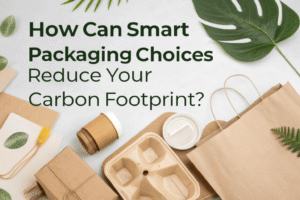
How Can Smart Packaging Choices Reduce Your Carbon Footprint?
You're committed to making your brand more environmentally friendly, but the term "carbon footprint" feels
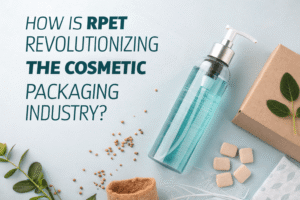
How Is rPET Revolutionizing the Cosmetic Packaging Industry?
You want to make your packaging more sustainable, but you're worried about sacrificing quality. You
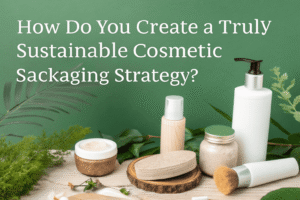
How Do You Create a Truly Sustainable Cosmetic Packaging Strategy?
You feel the pressure to make your packaging sustainable, but every choice seems complex. Switching

Is PLA the Future of Sustainable Beauty Packaging?
You're seeing "plant-based plastic" and "compostable" everywhere. You're intrigued by PLA as a way to